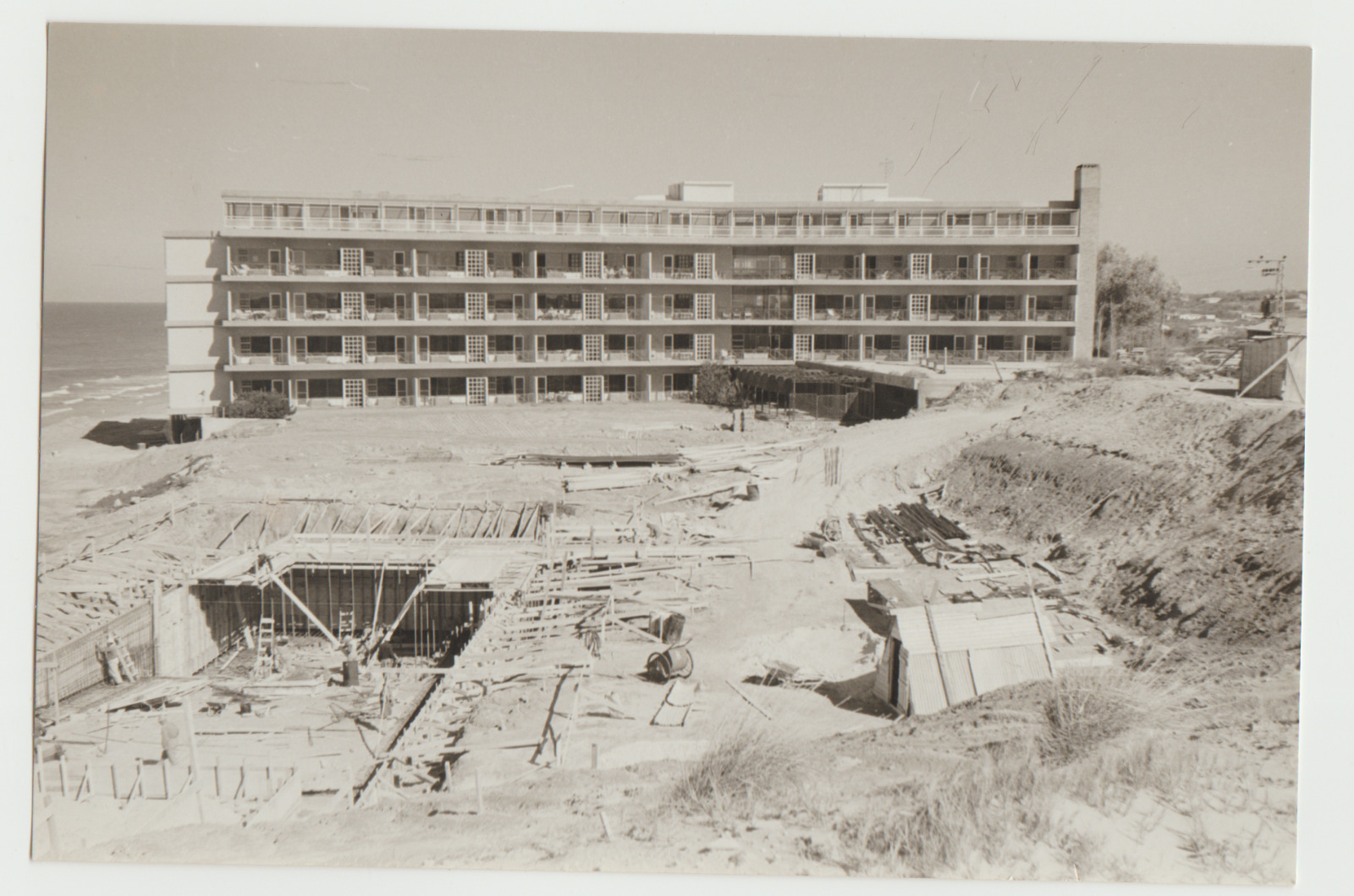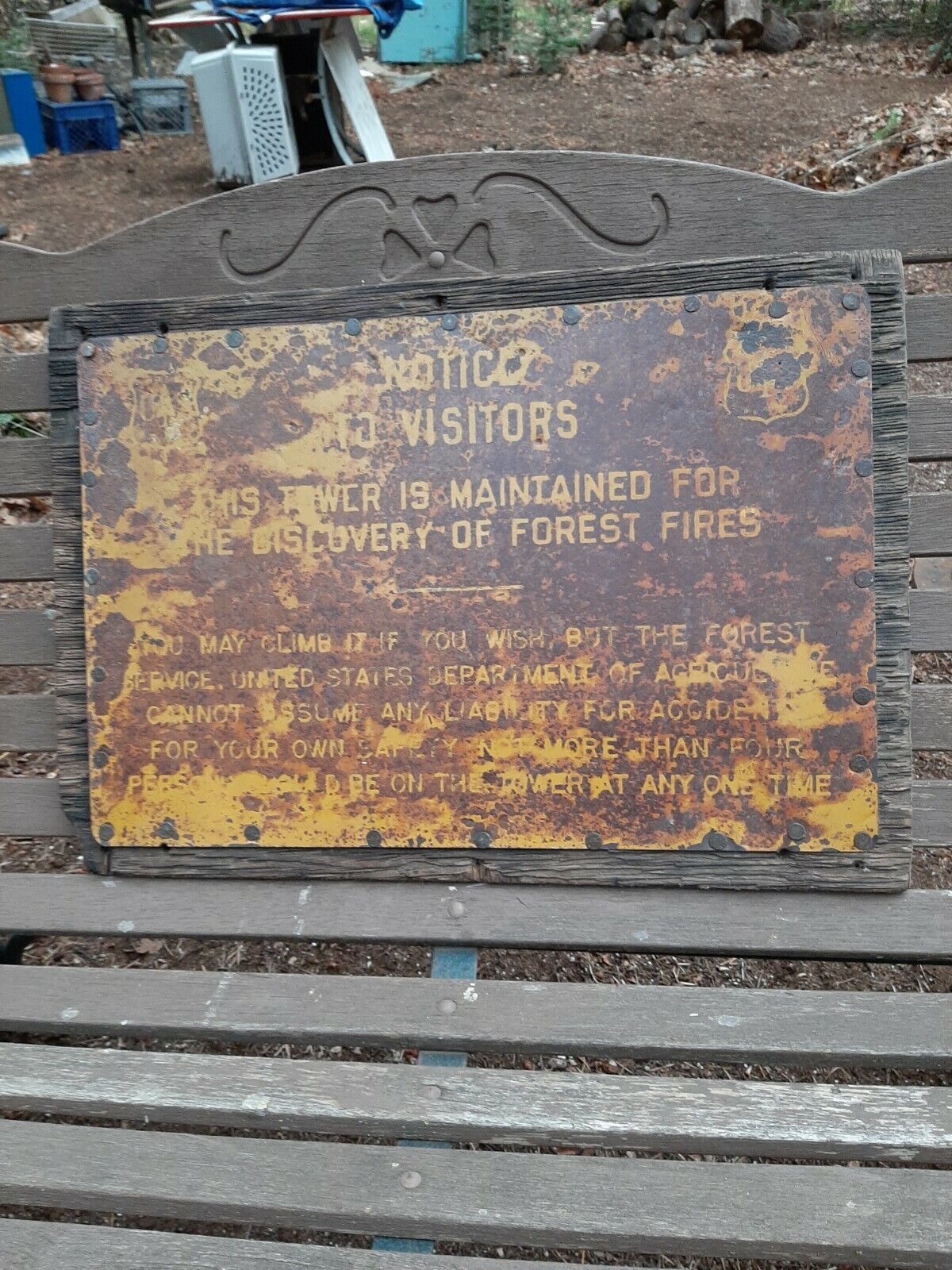-40%
1949 HAND SIGNED LITHOGRAPH Israel INDEPENDENCE WAR Jewish JUDAICA Hebrew NEGBA
$ 39.6
- Description
- Size Guide
Description
DESCRIPTION: Here for sale is a HAND pencil SIGNED art STONE LITHOGRAPH which depicts the heroic DEFENSE BATTLE of Kibbutz NEGBA againt the Egyptian Army which invaded ERETZ ISRAEL durind the 1948 WAR OF INDEPENDENCE . The Jewish-Israeli ARTIST has created a cycle of Jewish - Judaica - Hebrew STONE LITHOGRAPHS depicting these battles for ISRAEL INDEPENDENCE . ( Please warch the enclosed reference book ).
Wikipedia doesn't dedicate much space to LUDWIG ( Yaakov ) SCHWERIN , Which is not very surprising since SCHWERIN , Inspite of his excellent art , Didn't succeed in puting himself in the 1st row of popular Israeli artists , And yet , His PAINTINGS , DRAWINGS and quite a few ILLUSTRATED BOOKS don't give a good explanation to this phenomenon. The ORIGINAL hand signed LITHOGRAPH which was created DURING or RIGHT AFTER the 1948 ISRAEL WAR OF INDEPENDENCE in Eretz Israel ( Then also refered to as Palestine ) , Depicting a TYPICAL scenery of an ISRAELI KIBBUTZ NEGBA in WAR TIMES . Among the ruined , Bombarded Kibbutz houses and the burnt trees , Emerges the WATER-TOWER , The highest MILITARY POST , Partly ruined and covered with bullets and mortars shrapnels holes , But yet , Two Israeli soldiers still holding the danderous POST in an attempt to defend the sieged Kibbutz. DANGERS and HORRORS of war are present and evident inspite the almost pastoral scenery.
The STONE LITHOGRAPH was made in B&W . It was signed by SCHWERIN once in the plate in HEBREW and GERMAN ( English ) and also DATED ( 1949 ) HAND SIGNATURE with pencil in both languages. Sheet size is
13.5 x 17.5 " while the actual lithograph size is 10.5 x 14" . Excellent pristine condition.
( Pls look at scan for accurate AS IS images ) Lithograph will be sent rolled in a special protective rigid sealed tube.
AUTHENTICITY
: This is an ORIGINAL vintage 1949 hand signed LITHOGRAPH , NOT a reproduction or a reprint , It holds a life long GUARANTEE for its AUTHENTICITY and ORIGINALITY.
PAYMENTS
:
Payment method accepted : Paypal & All credit cards.
SHIPPMENT
:
SHIPP worldwide via registered airmail is $ 25. Lithograph will be sent rolled in a special protective rigid sealed tube.
Handling around 5 days after payment.
israel palestine war of independence art jewish judaica hebrew .The
Battles of Negba
were a series of military engagements between the Israel Defense Forces and the Egyptian army in the 1948 War of Independence. Negba, a kibbutz founded in 1939, had a strategic position overlooking the Majdal – Bayt Jibrin road, and was a target of two major assaults by the Egyptians in June and July 1948. On June 2, the Egyptians attacked the village from the south with a battalion reinforced with armor, artillery, and aircraft, and were beaten back by 140 defenders, who were assisted by motorized Negev Brigade forces. The second attack took place on July 12, when the Egyptians staged diversionary assaults on nearby positions and surrounded Negba from all sides, again with a reinforced battalion. This attack was also dispersed, and Negba remained in Israeli hands, serving as a forward base for attacks against Egyptian forces up to Operation Yoav. The
1948 Arab–Israeli War
or the
First Arab–Israeli War
was fought between the State of Israel and a military coalition of Arab states and Palestinian Arab forces. This war was the second stage of the 1948 Palestine war, known in Arabic as
al-Nakba
(Arabic:
النكبة
, "The Catastrophe") and in Hebrew as the
Milkhemet Ha'atzma'ut
(Hebrew:
מלחמת העצמאות
, "War of Independence") or
Milkhemet Hashikhrur
(Hebrew:
מלחמת השחרור
"War of Liberation"). The war was preceded by a period of civil war in the territory of the Mandatory Palestine between Jewish Yishuv forces and Palestinian Arab forces in response to the UN Partition Plan. An alliance of Arab states intervened on the Palestinian side, turning the civil war into a war between sovereign states. The fighting took place mostly on the former territory of the British Mandate and for a short time also in the Sinai Peninsula and southern Lebanon. As a result of the war, the State of Israel kept nearly all the area that had been recommended by the UN General Assembly Resolution 181 and took control of almost 60% of the area allocated to the proposed Arab state, including the Jaffa, Lydda and Ramle area, Galilee, some parts of the Negev, a wide strip along the Tel-Aviv-Jerusalem road, West Jerusalem, and some territories in the West Bank. Transjordan took control of the remainder of the West Bank and East-Jerusalem, and the Egyptian military took control of the Gaza Strip. No Arab Palestinian state was created. Armistice agreements were signed between all belligerents except Iraqis and Palestinians. Important demographic changes occurred in the country. Between 600,000 and 760,000 Palestinian Arabs fled or were expelled from the area that became Israel and they became Palestinian refugees. The war and the creation of Israel also triggered the Jewish exodus from Arab lands. In the three years following the war, about 700,000 Jews immigrated to Israel, residing mainly along the borders of the State.
Ludwig Schwerin
( 10. Juli 1897 in Buchen (Odenwald); † 2. Juli 1983 in Ramat Gan/Israel) war Maler, Graphiker und Buchillustrator. Er studierte an der Kunstakademie Karlsruhe und arbeitete anschließend in München und Berlin. 1938 floh er aus Deutschland über die Schweiz nach Palästina. Schwerin malte in erster Linie Porträts (z. B. Stefan Zweig) und Landschaften. Zudem illustrierte er viele Bücher, oft mit Landschaftsskizzen und galt als einer der bedeutendsten israelischen Maler in der zweiten Hälfte des 20. Jahrhunderts.
Ludwig Schwerin
(* 10. July 1897 in beeches (desert forest), † 2. July 1983 in Ramat Gan/Israel) was a painter, commercial artist and Buchillustrator. Ludwig Schwerin studied Karlsruhe at the academy of arts and worked afterwards in Munich and Berlin. it fled 1938 from Germany over Switzerland to Palestine. Ludwig Schwerin painted primarily Portraits (e.g. Stefan branch) and landscapes. Besides it illustrated many books, often with landscape sketches. It was considered as one of the most important Israeli painters in the second half 20. Century.
of works (excerpt) paintings 1931:
Portrait OF Stefan branch
, Fredonia college 1949:
The Watchtower OF Negbah
, Fine kind museum OF San Francisco 1949:
On the Road ton of Jerusalem
, Fine kind museum OF San Francisco 1962:
The Quarry
, kind Gallery Haifa book illustrations 1924: Ludwig Tieck,
Pietro of Abano or Petrus Apone: a charm history
1937: Heinrich Heine,
the rabbi of Bacherach. A fragment.
1957: David Shimoni,
idyll
1962: Gerardo Nassay,
Tiberias Sketchbook
literature Helmut Brosch (publisher):
Alfred and Ludwig Schwerin: Jahresringe
, 1988 Helmut Brosch:
Ludwig heavyin exchanges of letters with Hermann Hessian
, in: The Wartturm. Homeland sheets of the association district museum beeches registered association. No. 4/Dezember 1996, S. 3-9. Helmut Brosch:
Of Germany in the country of the fathers (Israel): Humans, animals and landscapes seen of Ludwig Schwerin (beeches 1897 - 1983 Ramat Gan)
exhibition catalog, Arye Globerson, association district museum beeches registered association, Tel Aviv museum OF kind:
Ludwig Schwerin (1897-1983): drawings, illustration, print
, 1991
ebay58












